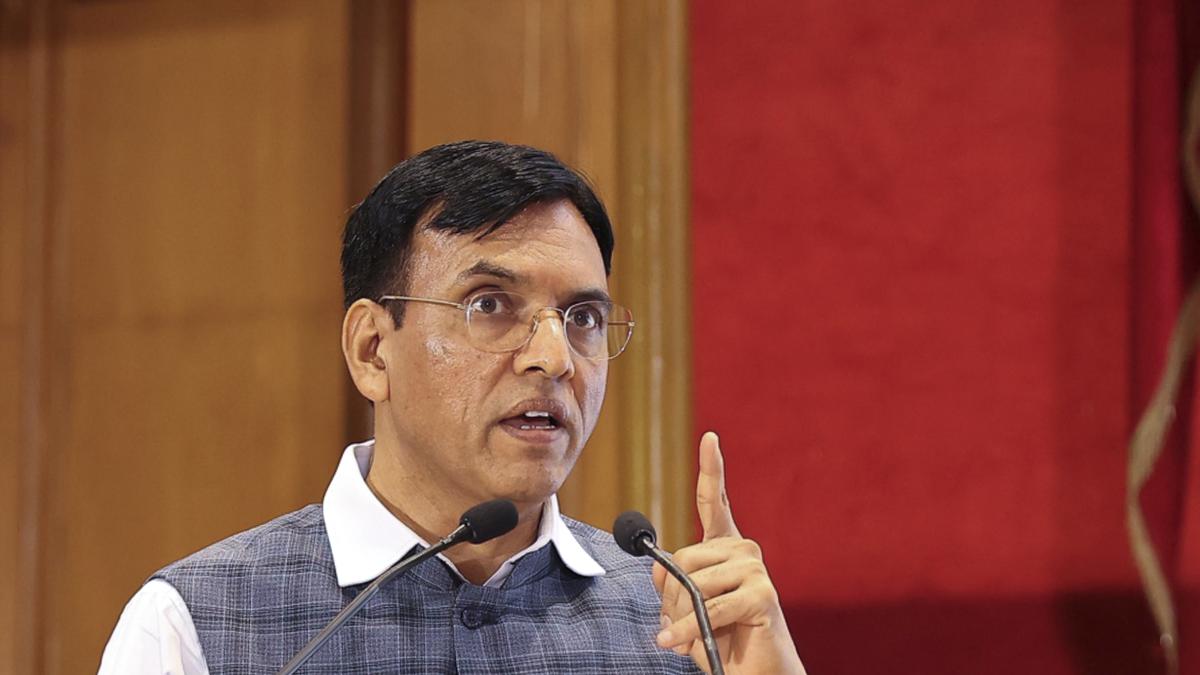Off-side: Sports Governance Bill must balance autonomy and reform

The National Sports Governance Bill (NSGB), passed in the Lok Sabha on August 11, aims to overhaul decades of ad hoc sports governance in India. There will be a National Sports Board (NSB) — a regulator much like the SEBI in the financial sector — and a National Sports Tribunal that will settle governance disputes. The Bill mandates gender and athlete representation, caps tenures and age for office-bearers, and applies RTI to all recognised bodies that receive government funding or support.
The Bill is expected to improve transparency, bring uniform governance to federations, and reduce the number of year(s)-long court cases that have often left Indian sports in limbo. Many national sports bodies have faced lengthy legal battles, disrupting athletes’ preparations for major events.
The All India Football Federation (AIFF), for instance, has been involved in litigation over its constitution in the Supreme Court since 2022. The protracted court proceedings have led to a delay in finalising the AIFF’s agreement with its commercial partner, Football Sports Development Limited (FSDL), which runs the ISL. With the league’s schedule yet to be announced for the current season, several clubs have paused operations and withheld players’ and staff salaries.
The dedicated tribunal could unclog courts and deliver quicker verdicts.
Another notable addition, under Clause 16, requires the central government, with the NSB’s recommendation, to appoint a National Sports Election Panel comprising retired Chief Election Commissioners, Election Commissioners, or State Election Commissioners to ensure free and fair elections for the Executive and Athletes’ Committees of all national sports bodies.
This Panel could help deal with election-related irregularities, as seen in the Boxing Federation of India (BFI).
The BFI’s election process has been delayed since February and has been marred by controversies. Former sports minister Anurag Thakur’s nomination was rejected twice: first, based on an office directive issued by the then BFI president Ajay Singh, and thereafter under a newly adopted Constitution passed by a World Boxing-appointed Interim Committee without the Executive Committee’s approval. The electoral college has seen submitted names excluded or added without a clear rationale — initially 60 members, later expanded to 66 — while the Returning Officer, Justice (retd.) RK Gauba, resigned, citing a smear campaign. His replacement, Justice (retd.) Rajesh Tandon, has also faced questions over integrity. The matter will be heard in the Delhi High Court on August 18, three days before the polls.
Critics of the Bill, however, warn that vesting sweeping powers in a government-controlled NSB risks breaching Olympic Charter Rule 27, which mandates National Olympic Committees to “preserve their autonomy and resist all pressures of any kind, including but not limited to political, legal, religious, or economic pressures which may prevent them from complying with the Olympic Charter.”
In the USA, the Ted Stevens Act grants the United States Olympic & Paralympic Committee (USOPC) the power “to certify national governing bodies for any sport that is included on the programme of the Olympic Games, the Paralympic Games, the Pan-American Games, or the Parapan American Games.” While the US Congress sets the broad legal framework, it does not directly interfere in elections or daily governance.
India’s model closely resembles Australia’s, where the Australian Sports Commission (ASC) and the National Sports Tribunal (NST), both appointed by the Minister for Sport, respectively recognise National Sporting Organisations and resolve disputes through an independent, transparent alternative to the Courts.
However, ASC and NST, although government-appointed, operate with procedural independence, whereas India’s NSGB combines recognition and electoral oversight in a government-appointed body, raising concerns over autonomy. Australia and the USA have shown that accountability and independence can coexist. India’s challenge will be to find that balance.



